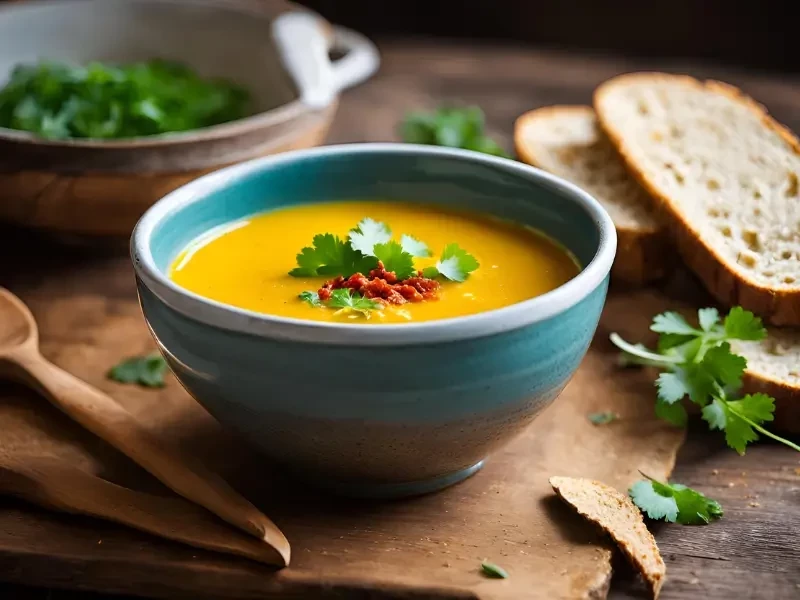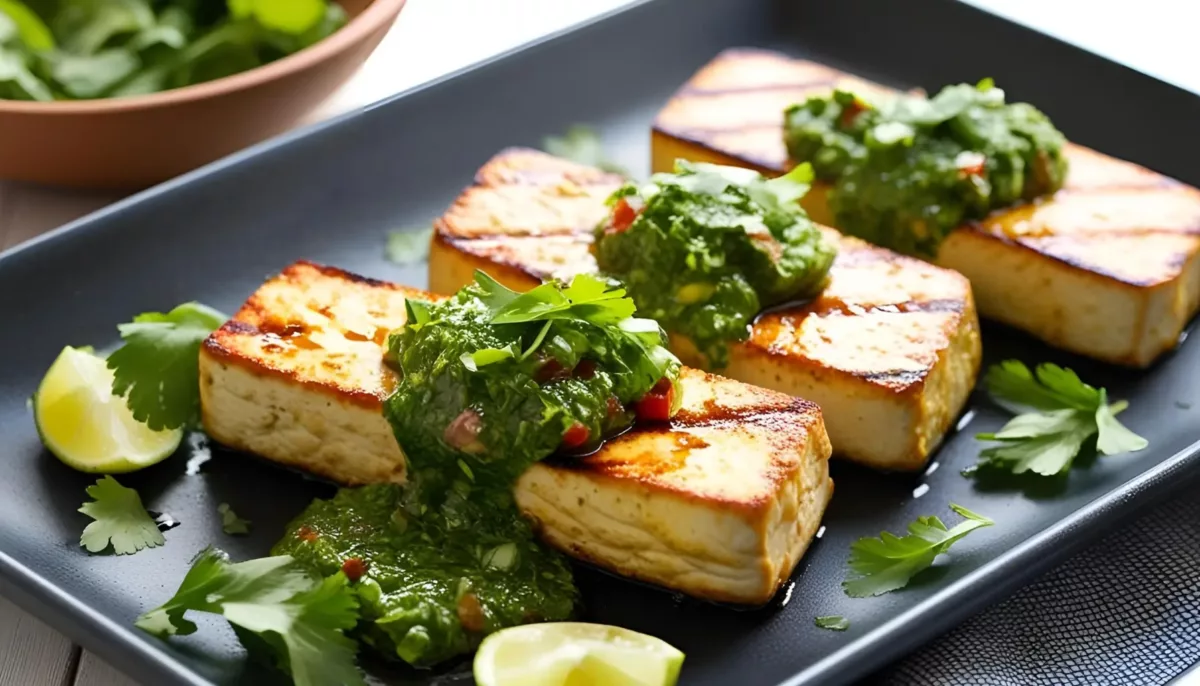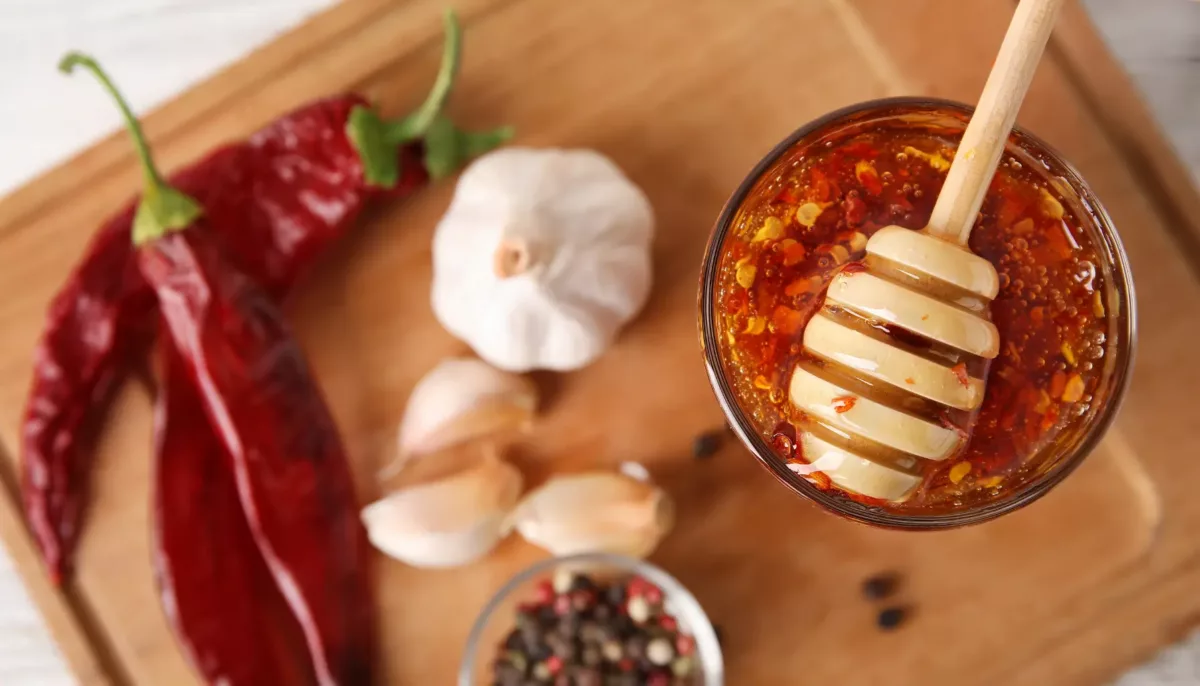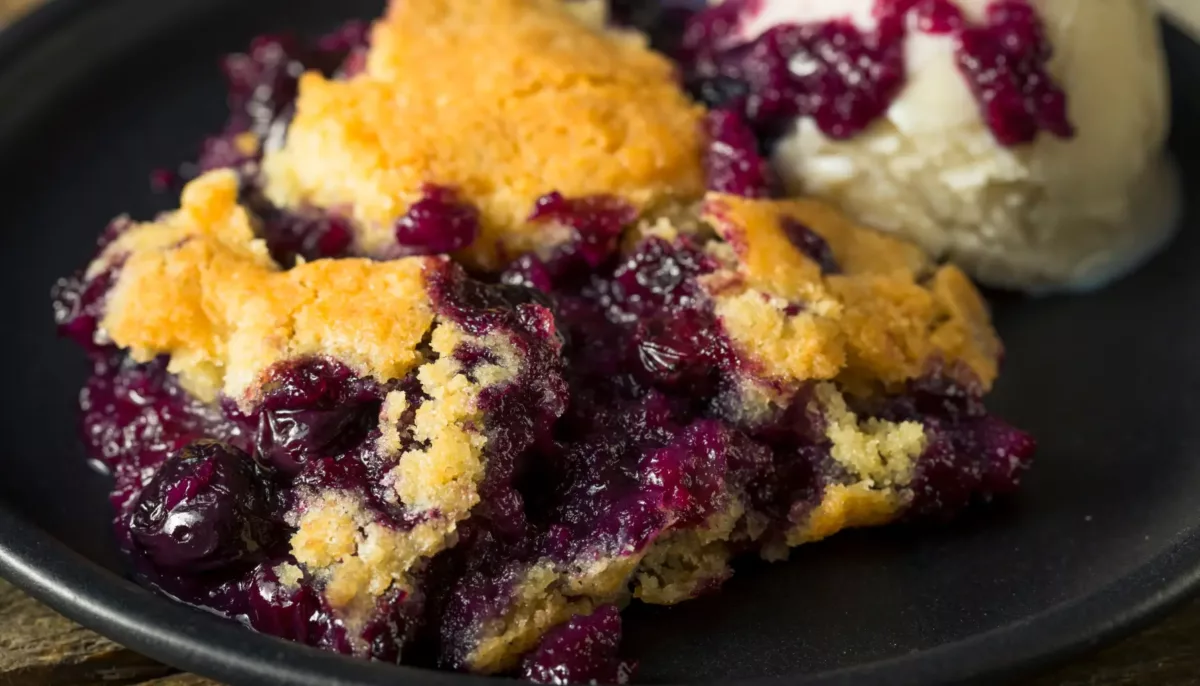Exploring the Essentials: Nutritional Needs of Cats for Healthy Homemade Food
Hey there, fellow animal lover! If you’re reading this, you’ve probably taken the plunge into the wonderful world of making your own cat food. It’s a noble venture, fueled by the desire to give our fluffy friends the best of the best. But before we dive into the delicious details, let’s chat about what our feline companions actually need in their diet. You see, cats are obligate carnivores—it’s a fancy way of saying their biology demands a meat-based diet. Essential amino acids like taurine, which is critical for heart health, are naturally found in meat. So, don’t skimp on the protein!

Apart from taurine, felines need a balanced mix of fats and limited carbs, along with vitamins and minerals. Think of essential fatty acids for a shiny coat and a healthy immune system, like omega-3 and omega-6, which you can get from fish oils or flaxseed. And while kitties might be curious critters, they’re not really into variety when it comes to grains or veggies—all of which are just filler compared to the life-sustaining properties of protein.
Keep in mind, too, that every cat is an individual, with unique preferences and health conditions. It’s wise to consult your vet before making significant changes to their diet, especially if your furry friend has any special dietary needs. With their guidance and your dedication, you’re well on your way to serving up meals that’ll keep your kitty purring with satisfaction!
Creating Pawsome Meals: A Step-by-Step Guide to Cooking Cat Food at Home
Alright, chef-in-training, let’s set foot in the kitchen! Picture me in a cute apron, Zelda the dog running underfoot, and maybe a hip-hop tune pulsing in the background—ready to craft some feline feasts. Start simple, with a base protein like chicken or turkey. These lean meats are both Kitty-approved and easy on the tummy.
Chicken and Rice Cat Delight
- 2 lbs (900g) chicken thighs, boned and diced
- 1/2 cup (90g) brown rice
- 1 tbsp (15ml) olive oil
- 1/4 cup (40g) grated carrots (optional for fiber)
- 1/4 tsp (1g) taurine supplement
- Start by cooking the brown rice according to the package instructions. Set aside to cool.
- In a large skillet, heat olive oil over medium. Add diced chicken thighs, cooking until fully cooked.
- Mix in the grated carrots, if using, and cook for another minute.
- Turn off the heat and let it cool slightly, then stir in the taurine supplement.
- Combine the chicken mixture with the rice.
Serve portions suitable to your cat’s size and store the rest in the refrigerator for up to three days. Voilà! You’ve just prepared a delicious, balanced meal tailored for kitty’s needs.

Tailoring for Tummies: Adjustable Recipes for Your Feline’s Preferences
I know what you’re thinking: “What if my cat has turned its whiskers up at chicken?” Don’t worry—cats can be picky eaters, just like some humans. The beauty of whipping up homemade cat food is its flexibility. You can switch up base proteins; try cooked salmon for those who enjoy surf over turf. Additionally, small portions of organ meats like chicken liver can be included, providing vital nutrients like vitamin A and iron.
Adding variety doesn’t mean you compromise on health. Spinach, when pureed, acts as a balanced source of digestible fiber. Limit veggies to small amounts to avoid digestive upset. Always remember, less is more with non-meat add-ins.
One of my favorite experiences was designing a “feline-approved” feast for my friend’s cat, Mittens. Mittens detests anything remotely green. We threw in a touch of pumpkin puree (rich in fiber and digestion-friendly), and voila, a Mittens favorite was born! Let your cat be your ultimate taste tester and create variations that fit their palate while ensuring complete nutritional value.
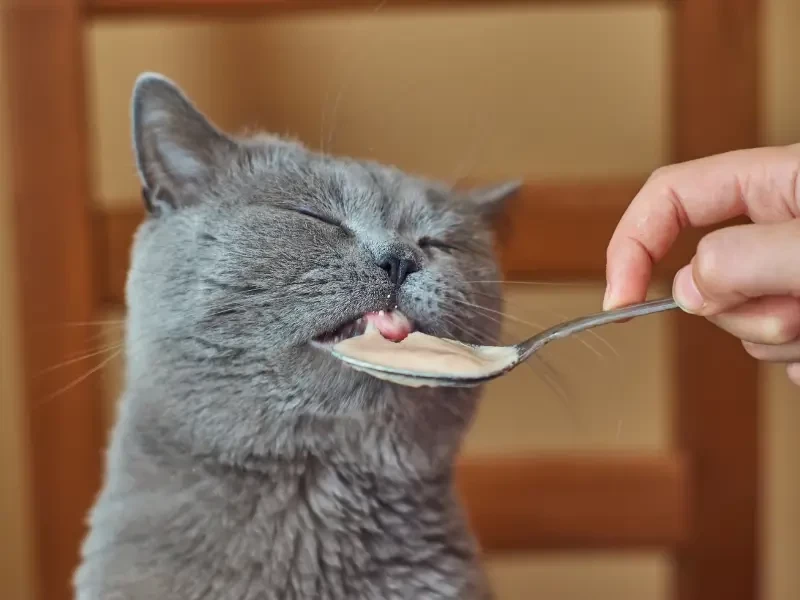
Happy and Healthy: Tips on Proper Storage and Serving of Homemade Cat Food
You’ve done all the hard work in the kitchen, now it’s time for the less glamorous but equally important steps—storage and serving. Proper storage is crucial to maintaining freshness and nutritional value. Once your cat food cools, portion it into airtight containers. Refrigerate what you’ll use in three days and freeze the rest in batches.
When mealtime rolls around, defrost your freezer stashes safely in the refrigerator overnight. Never refreeze once it’s defrosted. I found out (the hard way) when preparing homemade meals in advance can be a lifesaver, especially during busy city weeks when I’m juggling blog deadlines and long cook-a-thons.
Lastly, make sure food is at room temperature before serving. Warming it slightly can enhance flavors and aromas, enticing fussy eaters. Likewise, always have a fresh bowl of water available—after all, hydration is just as important as the meal itself. With love, patience, and these handy tips, you’ll be able to serve your feline friend healthy homemade meals that’ll keep them purring for more. Remember, a happy cat means a happy human. Good luck!
If you enjoyed this article or have suggestions on how we can improve it, please leave us a comment below. Also, make sure to check out other dishes I’ve created or stories I’ve written about food culture – here.

